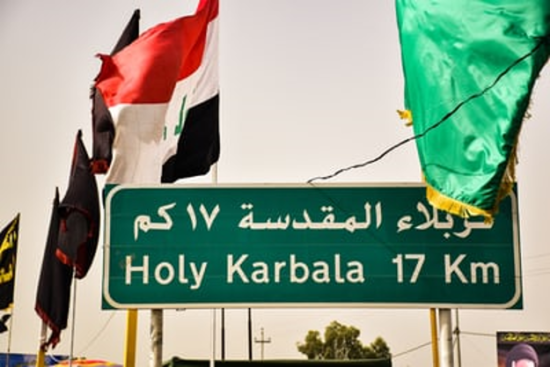Where Are We Headed With New Iranian Threats?
While the world spins with political news and flu pandemics, a threat still lies in the Middle East. It’s called Iran. Although at times it may seem as if the situation is de-escalating, that’s far from the case.
After the U.S. killing of Iranian Major General Qasem Soleimani and other American strikes on Iranian-backed Iraqi militia bases in Baghdad, it should be expected that Iran will keep up an aggressive stance.
Recently, Iran or its allies performed a mortar attack on the U.S. Embassy in Baghdad. It didn’t get much attention in the news, but it shows that Iran is in it for the long-haul in its mission to push the United States out of the region.
The Embassy is a fortified compound, and since 2003, when the United States invaded Iraq, it has often come under attack. But the attack was much more targeted, and that creates a game-changing landscape. It demonstrates Iran’s power and strength that could only grow stronger if a conflict escalates.
As global protection specialists, our job is to weigh the potential scenarios and make risk assessments for the future. Some potential Iranian threats we see that are possible:
Potential Iranian Threats include:
- Strikes on U.S. troops in Afghanistan. Several thousand fighters backed by Iran who were fighting in Syria have returned to Afghanistan, prompting fears Iran could mobilize the proxy group to target U.S. troops.
- Attacks on U.S. interests in Iraq by Iranian-backed Iraqi militia. Many of these have been previously planned and are suspected to be the reason for Soleimani’s visit to Iraq where he was assassinated.
- Iranian cyberattacks in the United States targeting key military and civilian infrastructures. Iran has shown itself extremely adept in this field and has continued to increase its cyber warfare capabilities globally.
- Within the Gulf, and particularly along the Strait of Hormuz, Iran could launch missiles at the United States and/or coalition naval shipping assets.
- Lebanese Hezbollah may target U.S. interests in Beirut such as attempting to storm or harass the US Embassy in Beirut.
- An escalation of highly-coordinated drone attacks on oil facilities in Saudi Arabia, UAE, and Bahrain. The Iranians have already succeeded in a previous attack in Saudi Arabia.
So what does this mean? Could the United States go to war with Iran, which has the largest standing military in the region and one of the largest in the world? If so, what would that be like?
Initially, a conflict with Iran would be a strictly direct-action warfare situation. The country has a fully capable Navy, medium-range ballistic missiles, and an intricate intelligence organization with the capability of operating globally. That means they could know a country’s secrets – like the United States’, for instance. Iran is not to be underestimated. If people think a conflict with Iran would be similar to a situation in Iraq, they are wrong. It would be far worse.

